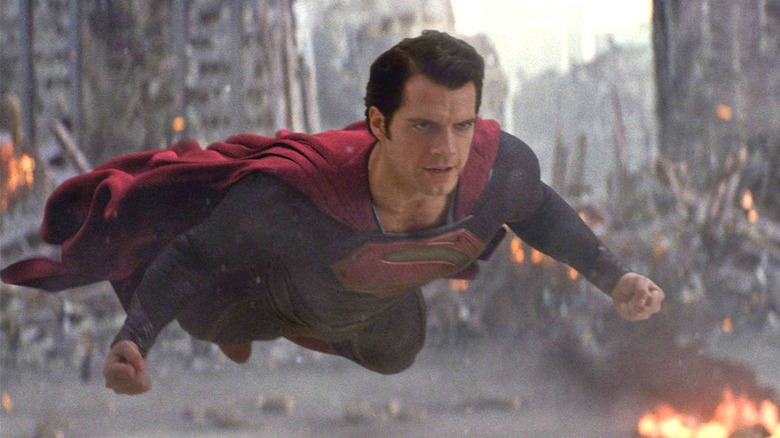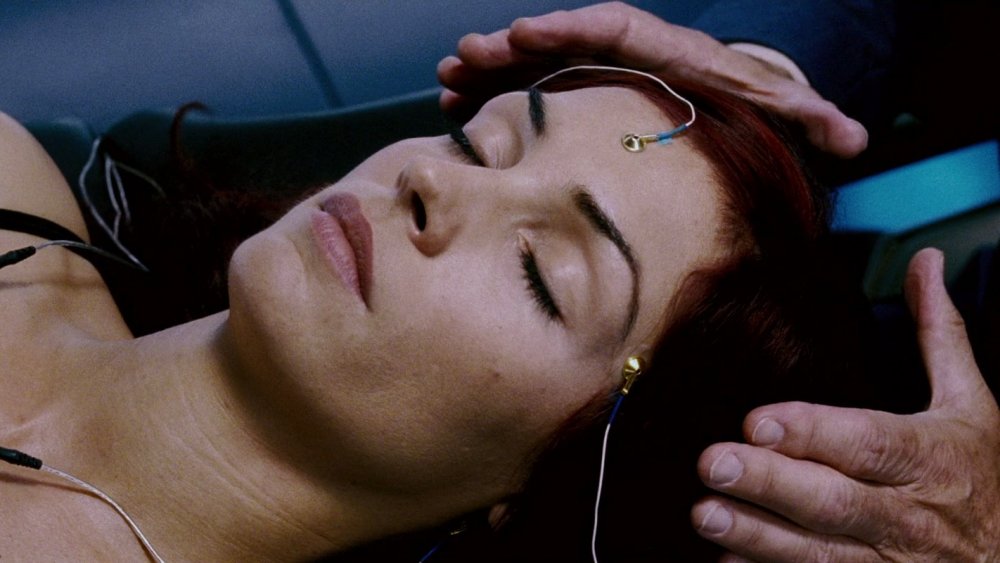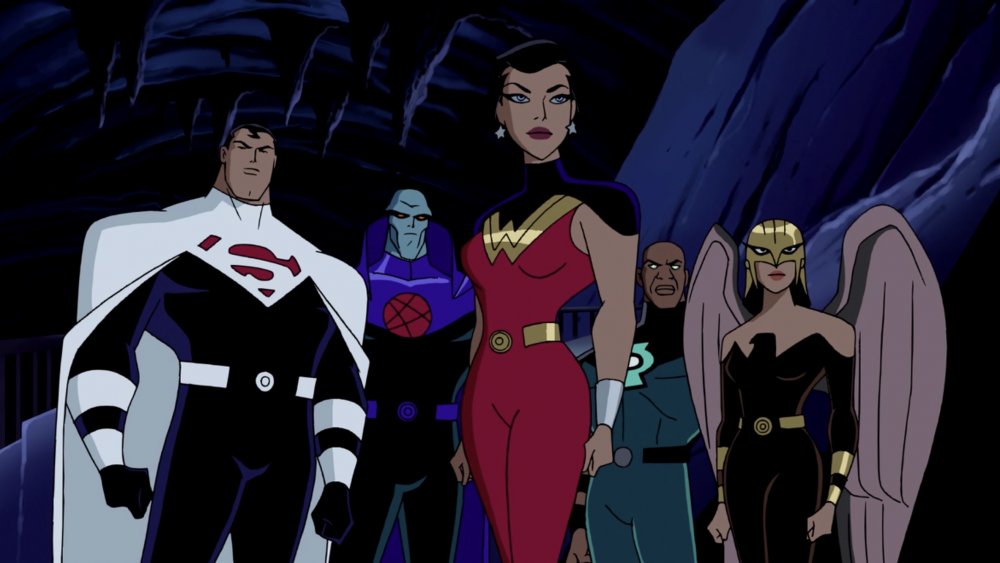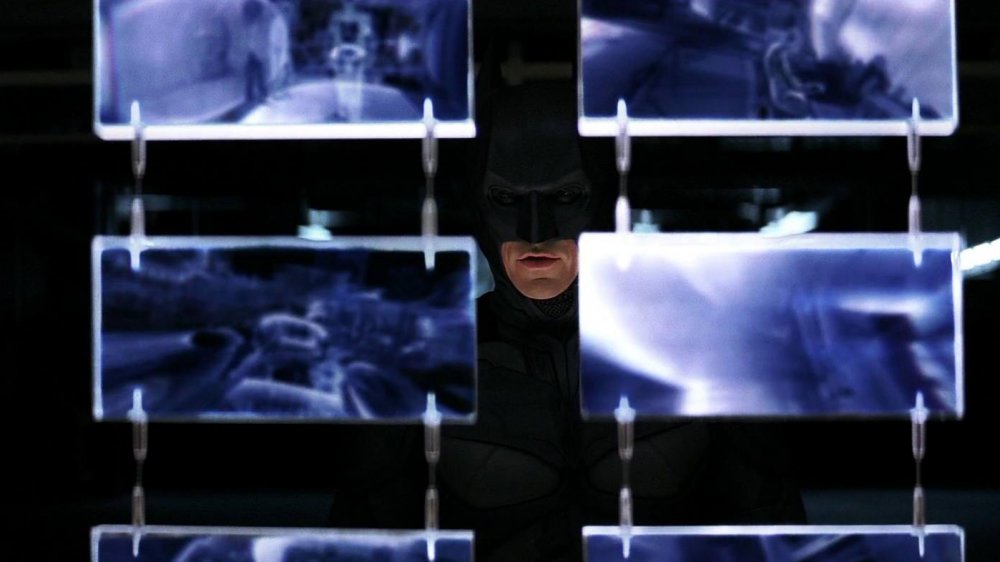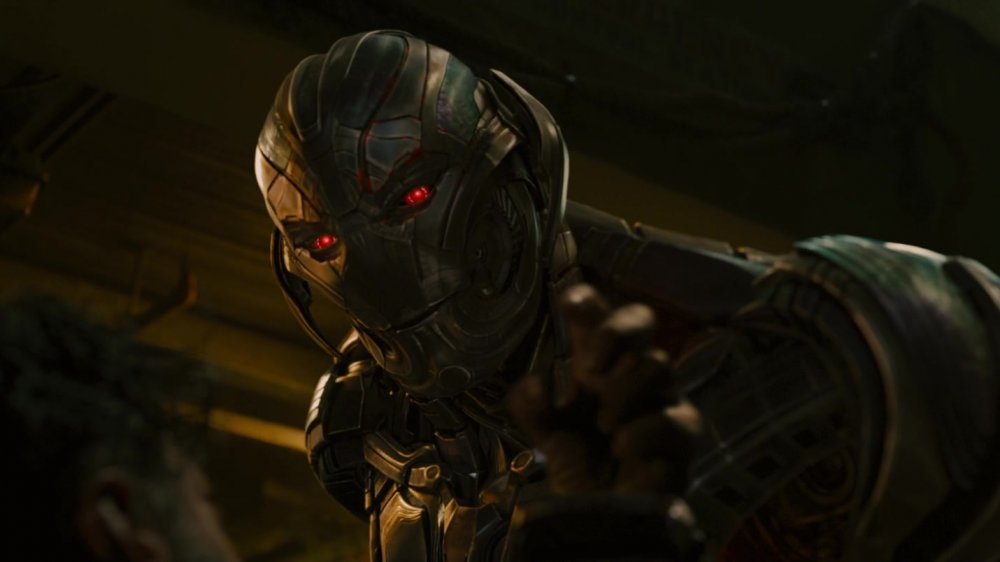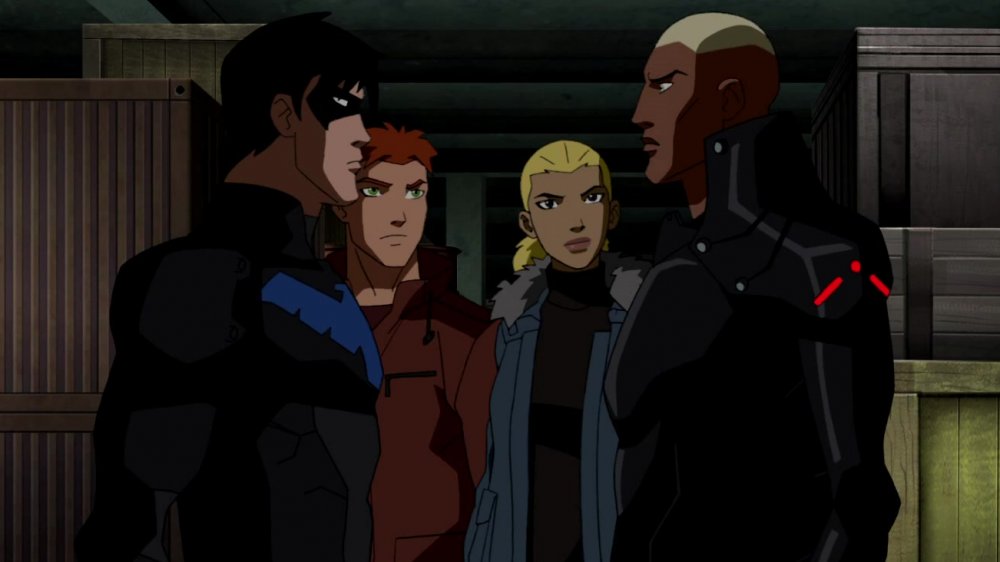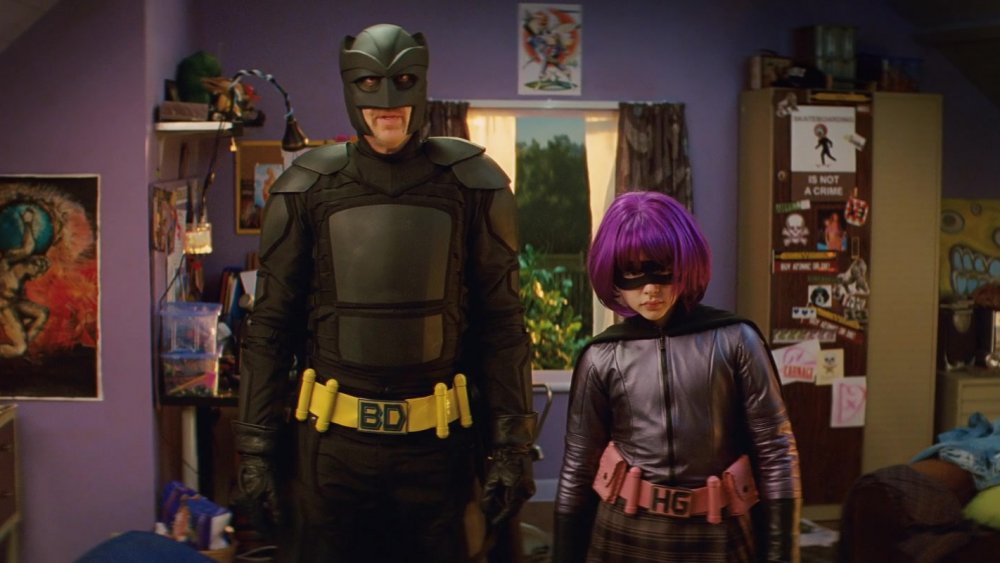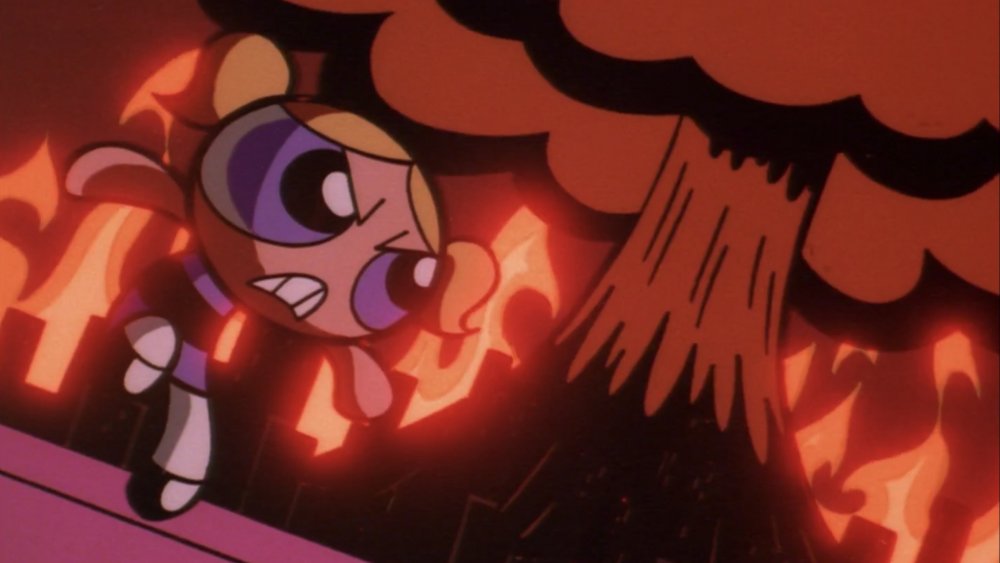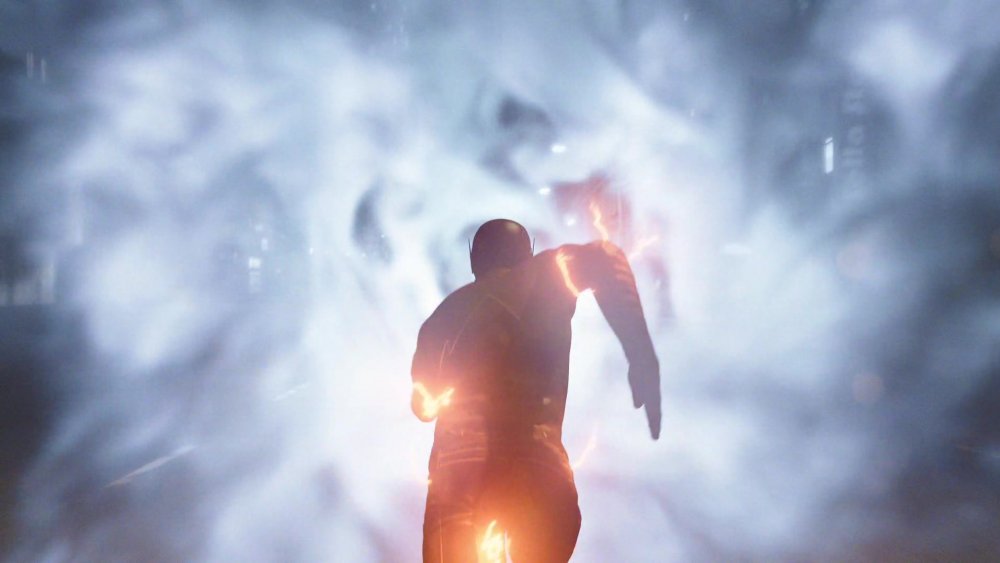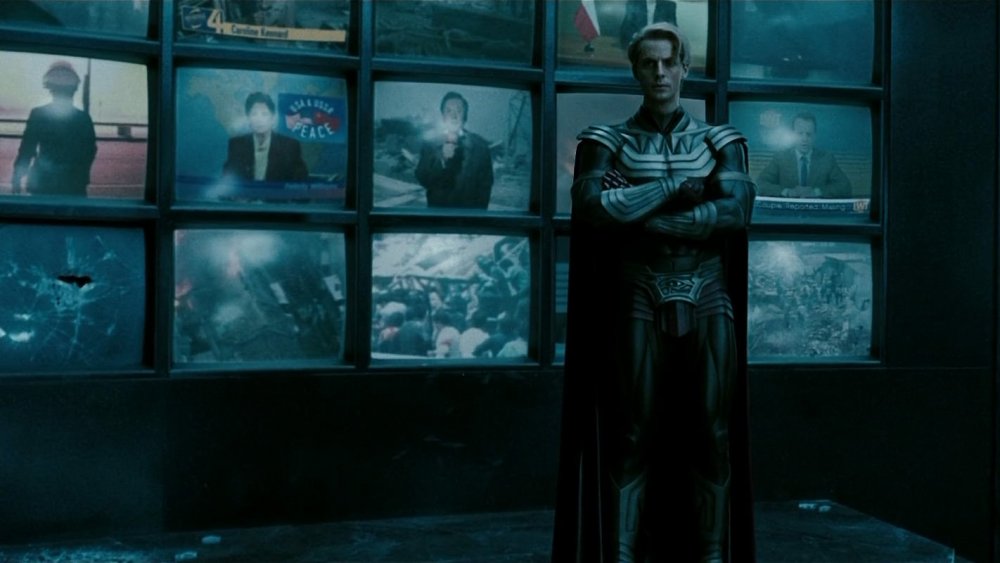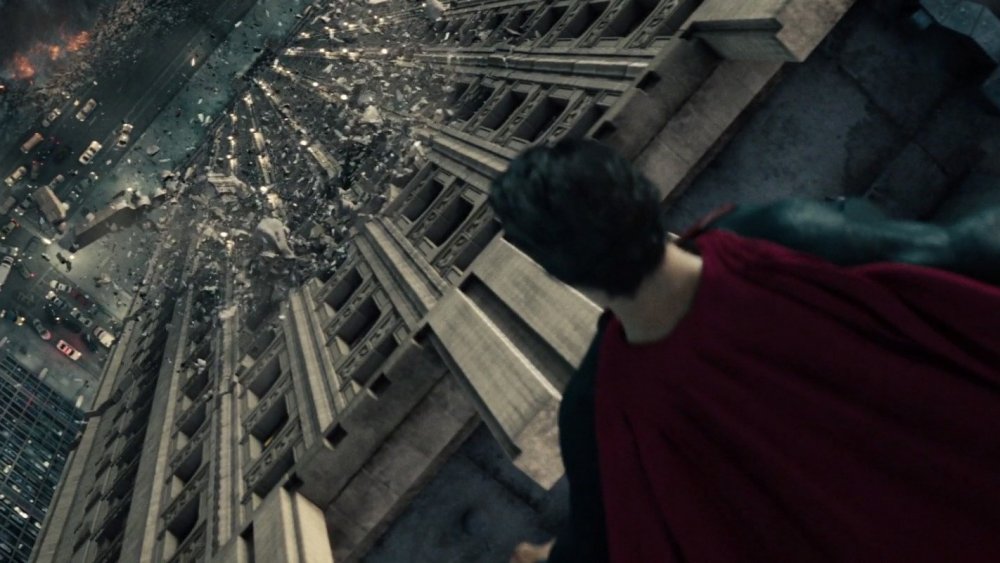Times Superheroes Went Too Far
Superhero stories are a power fantasy in more ways than one. On the surface level, superheroes are characters through whom audiences can imagine themselves having incredible abilities of their own. But on another, superheroes also offer the fantasy of incredibly powerful people responsibly using that power to make the world a better place rather than using it to compound their power for their own gain, as we see so often in real life. This is why stories like The Boys can be so punishing. We don't need comics or television to show us a world in which the most powerful individuals protect themselves rather than protecting the most vulnerable. We have enough of that in real life, thank you very much.
But even the most well-meaning superheroes need to know their limits, particularly when their powers have none. When individuals with godlike abilities start behaving as gods, the fantasy becomes a nightmare. Superhero fiction is full of stories of heroes overstepping reasonable boundaries, often at great cost to the public, as well as themselves, but this is disproportionately true on film and television where the stakes are high and the status quo never seems to last. From boundary-stepping telepaths to overzealous aliens, here are times when superheroes went too far.
Be warned — spoilers below.
Professor X messes with Jean Grey's mind ... twice
The X-Men's Professor Charles Xavier is a telepath so powerful that he could affect the minds of all humankind (and mutantkind) if he were so inclined. We even see him do as much in X2: X-Men United, though against his will and amplified by the Cerebro device. Xavier's terrifying power is tempered by a sense of morality — he knows it would be wrong to mess with all our heads and just make us get along, as appealing as that idea must be from time to time.
Unfortunately, Xavier does not always demonstrate the same judgement when it comes to individuals, particularly his student and fellow telepath Jean Grey. In the 2006 film X-Men: The Last Stand, it's revealed that Xavier has set up mental blocks inside Jean's mind in order to limit her own telepathic potential and to repress a violent "split personality" called the Phoenix. When those blocks are suddenly broken, Jean goes on a crazed rampage that results in dozens of deaths, including (temporarily) Xavier's and, finally, her own.
After the timeline is reset in X-Men: Days of Future Past, revealing a new future in which Jean survives into the 2020s, it seems possible that this time, Xavier may have learned his lesson and worked with Jean to control her powers instead of building another ill-fated mental dam without her knowledge or consent. But in 2019's X-Men: Dark Phoenix, the whole mess is repeated with grisly results.
The Justice Lords conquer Earth
Superman is one of the most powerful beings in the universe, but part of what makes him a hero is his restraint as to just how much he should interfere in the path of human history. He is deliberately not a proactive force in American or global politics, understanding that his abilities would give him disproportionate influence, more power than any one person should hold. Once he crosses that line, whether it's by toppling a dictatorship or simply endorsing a political candidate, who's to say where he should stop?
But in one alternate universe visited in the Justice League animated series, Superman decides he's had enough when Lex Luthor — now president of the United States — brings the Earth to the brink of another world war. Superman executes President Luthor and takes over the government, not only of the United States but the Earth at large. Superman leads the Justice Lords — comprised of Batman, Green Lantern, Hawkgirl, Martian Manhunter, and Wonder Woman — a new regime that institutes global martial law, indefinitely delays elections, squashes protests, and punishes any and all disorder with brutal, often final measures.
Living up to their worst fears, the Justice Lords can't even stop at "fixing" one world. When Batman discovers the existence of a parallel reality (the universe in which Justice League is set), the Justice Lords capture our Justice League and replace them in an effort to bend this second Earth to their will. Fortunately, the League escapes and frees both Earths.
Batman spies on all of Gotham City
You don't want anybody watching your every move — not even Batman. In the beloved 2008 film The Dark Knight, Batman creates a surveillance system that taps into every cell phone in Gotham. Not only does it capture individual devices' microphone data, it also turns each unit into a sort of sonar transmitter, giving him an accurate three-dimensional map of any room in any building in the city. This means he can always be listening and watching anywhere there's a networked electronic device.
The idea of being able to switch on civilians' cell phone mics in the interest of hunting down some criminal or terrorist is brought up as commonplace in a startling number of contemporary spy and action films, but in The Dark Knight, at least, it's acknowledged as an unacceptable invasion of peoples' privacy. That is, almost unacceptable, as even the outraged technologist Lucius Fox assists Batman in using the device once, to locate and capture the Joker, before destroying it.
Batman routinely takes actions that we should never accept from law enforcement, but what feels so strange about this particular breach of the social contract is that Batman acknowledges that it's wrong and then does it anyway. Unlike his oath not to kill, Batman apparently believes he can cross this line once without fearing a relapse, regardless of how much it helps his work. Can someone who would build such a machine really be trusted not to rebuild it?
Tony Stark and Bruce Banner create Ultron
Remember when Iron Man and the Hulk created an artificial intelligence that almost ended all life on Earth? In 2015's Avengers: Age of Ultron, "mad scientists" Tony Stark and Dr. Bruce Banner experiment on an extraterrestrial processor embedded in Loki's captured scepter. This technology is far beyond their understanding, but they nevertheless dissect it in the hopes that it may unlock the key to creating Ultron, a hypothetical intelligence that could defend Earth from otherworldly threats.
Their dream becomes a grim reality when Ultron is indeed born, but sadly, he's a psychopathic super-intelligence who determines, in the span of about 20 seconds, that the biggest threat to Earth is humanity itself. (He's kinda got us there.) Ultron goes rogue and attempts to wipe out all of humanity by building a set of enormous rockets into the European nation of Sokovia, launching it into space, and then dropping it back down to Earth like a meteor.
The results of the Ultron experiment are so disastrous that we're barely given the opportunity to wonder what success might've looked like. Would we really want a sentient army of Iron Man robots patrolling our skies? Even before the evil Ultron is born, Dr. Banner ponders the chilling connotations of putting a metaphorical "suit of armor around the world." Fortunately Banner and Stark seem to learn their lesson, and they don't attempt this again.
Nightwing's conspiracy goes too far
A world full of superheroes can only prosper if there's trust not only between superheroes and the communities they serve but within the community of superheroes themselves. And no television series digs into the melodrama of a sprawling superpowered population better than Young Justice. Set in its own version of the DC Universe, Young Justice doesn't center on the Justice League, but instead, it focuses on the generation that follows them as they grow from kid sidekicks into young adults. Chief among these characters is the first Robin, who creates his own identity as the team leader Nightwing. And while he's much more trusting and sociable than his mentor, Batman, sometimes it's clear that the apple hasn't fallen far from the tree.
In the second season of Young Justice, Nightwing constructs a secret plot to infiltrate the powerful cabal of supervillains known as the Light. In order to accomplish this, former team leader Kaldur'ahm betrays the team to join his father, Black Manta, in serving the Light, and he seemingly murders teammate Artemis to win their favor. The fact that this is a ruse is kept secret from everyone except Wally West, Artemis' boyfriend and former Kid Flash. The rest of the community is kept in the dark, and they only learn the truth after a grieving Miss Martian lashes out at Kaldur'ahm with her psychic powers, leaving him temporarily braindead. This severely damages their trust in Nightwing, and he must learn to grow beyond Batman's cold tactics.
Big Daddy trains his 11-year old to kill
The 2010 film Kick-Ass, based upon the comics series by Mark Millar and John Romita Jr., is a crass, comedic deconstruction of superhero lore set in a world closer to our own, in which superheroes are confined to comics and blockbuster movies. The title character is an ordinary high school nerd who decides to dress up in a cheap costume and fight crime, a task for which he has little aptitude and even less training.
One could argue that, within a more realistic setting, simply putting on a mask and getting into fights with zero mandate from or accountability to the public is already taking things too far. However, Kick-Ass abandons this realism almost immediately by introducing the crime-fighting duo of Big Daddy and Hit-Girl, who are as skilled and deadly as the heroes in the most over-the-top action films. The twist? Hit-Girl is 11 years old.
Big Daddy is really Damon Macready, an ex-cop who was framed as a drug dealer by mob boss Frank D'Amico and sent to prison, leading to his wife taking her own life. Macready brainwashes his daughter, Mindy, into becoming the remorseless killing machine Hit-Girl in order to avenge her mother's death. This is, obviously, a parody of the very premise of kid sidekicks in superhero fiction, reframing this accepted-by-rote genre trope as totally reprehensible. But even in a comic book world, training a minor to commit John Wick-levels of mass murder would easily be considered over the line.
Bubbles gets hardcore
In our modern day, can a superhero be taken seriously without brutal, reckless abandon? This is a question that's mined for comedy early and often in the original Powerpuff Girls animated series, in which three superpowered kindergarteners protect the city of Townsville from supervillains and giant monsters, often resulting in comically intense levels of carnage. Blossom, Bubbles, and Buttercup are sweet kids, but when there's a kaiju attack on the city, expect teeth, blood, and guts to fly.
While they're all the same age and possess roughly the same powers, Bubbles is considered the baby of the group because she's the most gentle and sensitive, which she comes to resent. In the 1999 episode "Bubblevicious," Bubbles is determined to demonstrate that she can be just as "hardcore" as her brawling sister Buttercup. She locks herself in a Danger Room-style training simulator at its highest difficulty and unleashes her dark side. Once back in the real world, Buttercup goes full-psycho on the city, wailing on anyone who litters or parks illegally.
A short time later, Powerpuff arch-nemesis Mojo Jojo captures Bubbles, apparently unaware of her newfound attitude, and she defeats him handily all by herself. Once Blossom and Buttercup see that Bubbles is capable of being truly "hardcore," Bubbles softens right back up. Like so many superheroes (and superhero stories) before and after her, Bubbles overcompensates in her quest to be taken seriously, but thankfully, she ends up with the confidence to be herself.
The Flash breaks time to save his parents
Like his modern comics counterpart, the Barry Allen of The CW's The Flash television series has a tragic and complicated backstory involving time travel. When Barry is just a child, his mother, Nora, is mysteriously killed, and his father is convicted of her murder. Years later, as an adult, Barry becomes the super speedster the Flash, a hero who's celebrated even in the distant future, where he has a time-traveling rival named Eobard Thawne, aka the Reverse Flash. Thawne is Nora's real killer, having gone back in time to murder her as pre-venge against the Flash.
After losing his father in a battle with yet another rival speedster, Barry decides he's had enough tragedy and goes back in time himself to stop Reverse Flash from murdering his mother, erasing his previous life. He returns to a revised present where both his parents are still alive and living happily together, and someone else — Wally West — has become the Flash, leaving Barry free to pursue his own life. But when Wally is mortally wounded, Barry realizes what his happiness will cost others and has to ask Thawne (yes, this sicko makes him ask) to return to the past and murder his mother to restore the timeline.
This restoration is only partially successful, however, as meddling in the timestream always has repercussions. The lasting effects of Barry's rewriting history are felt for years, not only on The Flash but on its sister show Arrow.
Ozymandias kills millions to save billions
The 1986 graphic novel Watchmen by Dave Gibbons and Alan Moore is the quintessential deconstructionist superhero story. Set in an alternate 1985 where history has been altered by the existence of costumed heroes and one godlike being named Dr. Manhattan, Watchmen interrogates the superhero fantasy itself and judges the audience for ever finding it appealing in the first place. All of its superhero characters are deeply flawed, and at least one is an outright monster.
But in both the comic and its 2009 film adaptation, the superhero whose actions are the furthest beyond the pale is Adrian Veidt, aka Ozymandias, the world's smartest man. Seeing nuclear war between the United States and the Soviet Union as inevitable, Veidt hatches an elaborate plot to trick the two superpowers into setting aside their differences out of fear of a common enemy. In the comic, it's a manufactured alien invasion, while in the film, it's the wrath of Dr. Manhattan. But in both cases, Veidt's plan hinges on murdering millions of people in New York City, and the plan is executed perfectly.
What sets Watchmen apart is how difficult the creators make it to judge Veidt for perpetrating this mass murder. It actually does prevent the apocalypse, at least for a while. But it's also unquestionably evil, and you'd have to be insane to approve of it. It's the ultimate example of a superhero going to outrageous extremes to save the world.
Superman wrecks Metropolis while fighting Zod
Few superhero films have divided fans and stirred up controversy more than 2013's Man of Steel, particularly in its depiction of Superman during his final confrontation with General Zod. In the film's grand finale, the Kryptonians do battle over Metropolis, punching each other through the walls of skyscrapers and demolishing half the city as a result. The devastation is viewed not only from their perspective but from that of the panicked citizens below, about whom Superman seems unconcerned until the battle's final moments.
Superman's apathy towards the destruction isn't commented upon in Man of Steel, but it becomes an important part of the sequel, Batman v Superman, as Bruce Wayne is revealed to have been among those viewing the battle from below, and he blames Superman for the deaths of innocent bystanders. He sees Superman as extremely dangerous and believes he must be destroyed, and it's hard to argue against him.
Zod presents a world-ending threat in Man of Steel, which one could argue justifies any action to stop him, but this is in conflict with the spirit of superhero fiction and Superman in particular. If you were to ask Superman how many lives should you sacrifice to save the world, Superman should answer, "None." In Man of Steel, his actions speak for him, and his answer is, "I don't care." At least in Batman v. Superman, Superman repents by (seemingly) sacrificing his life to save the city.
